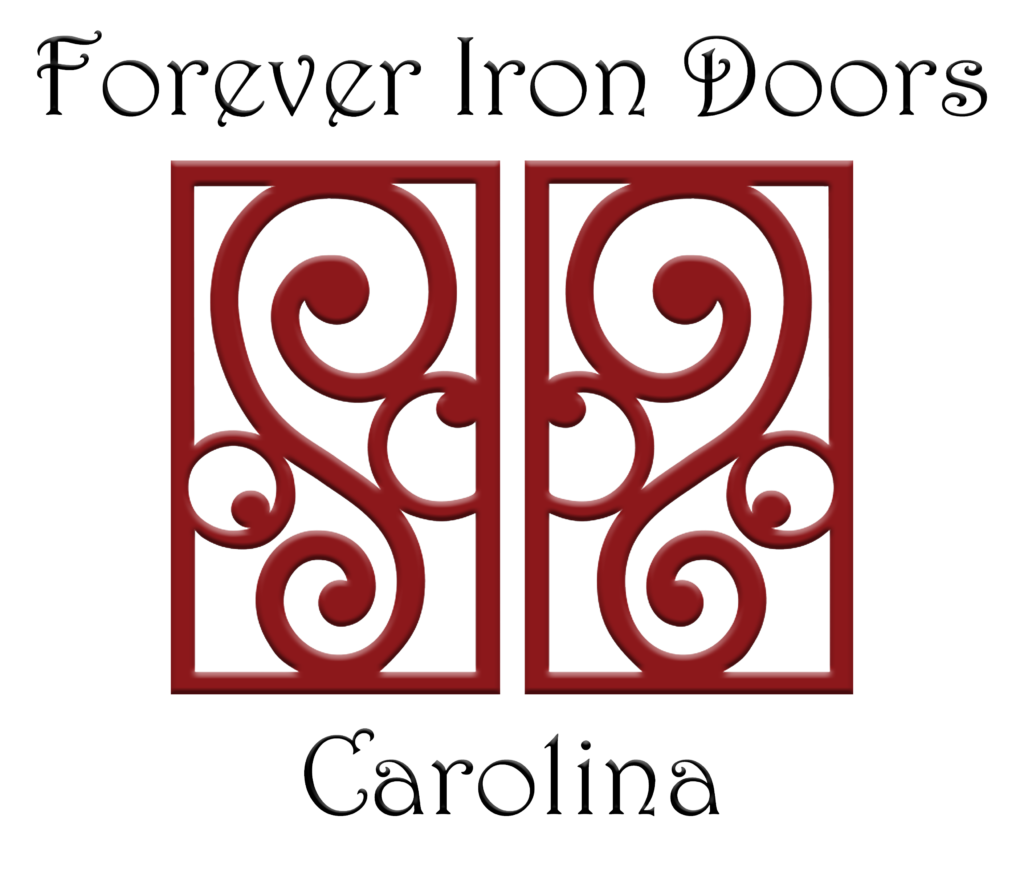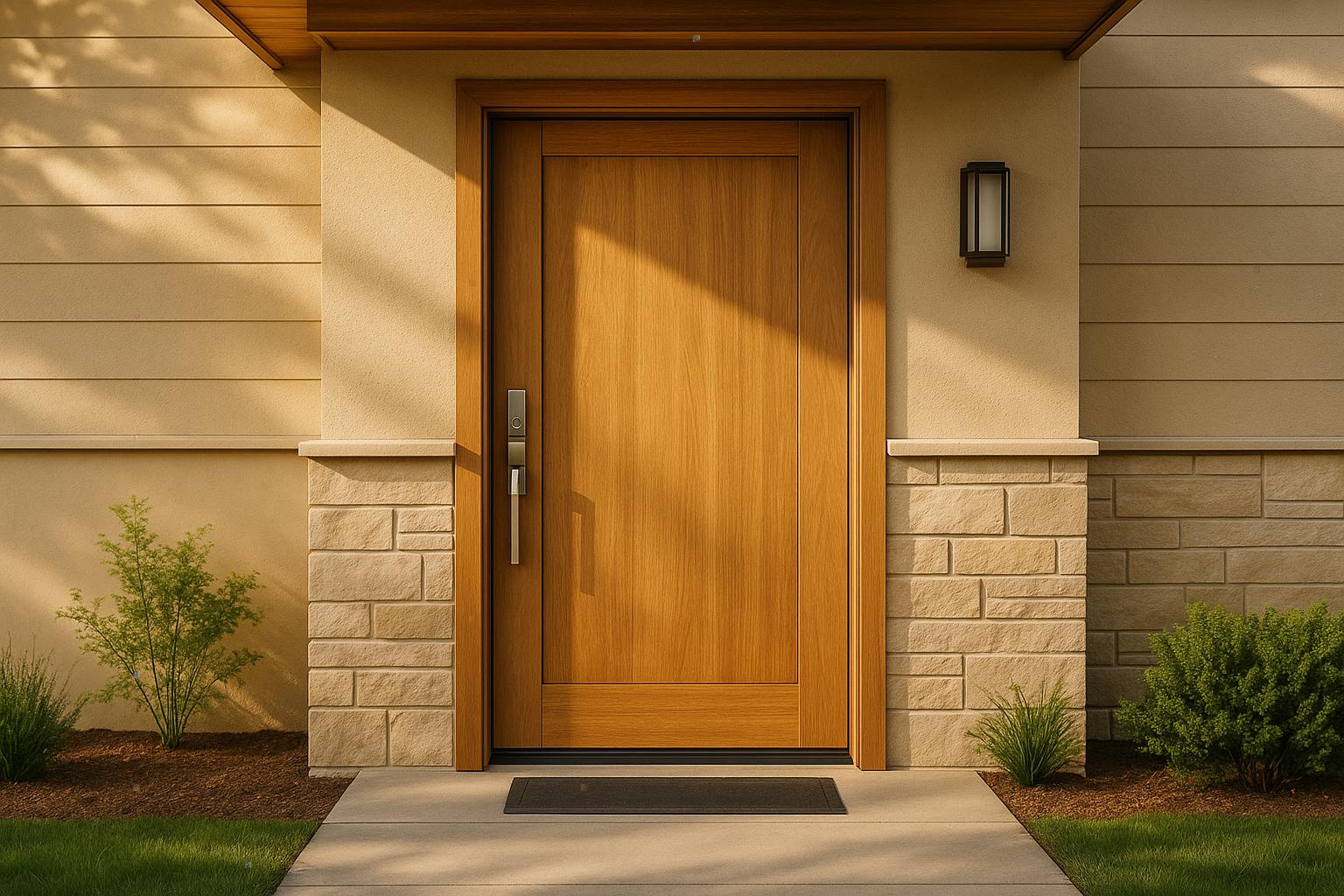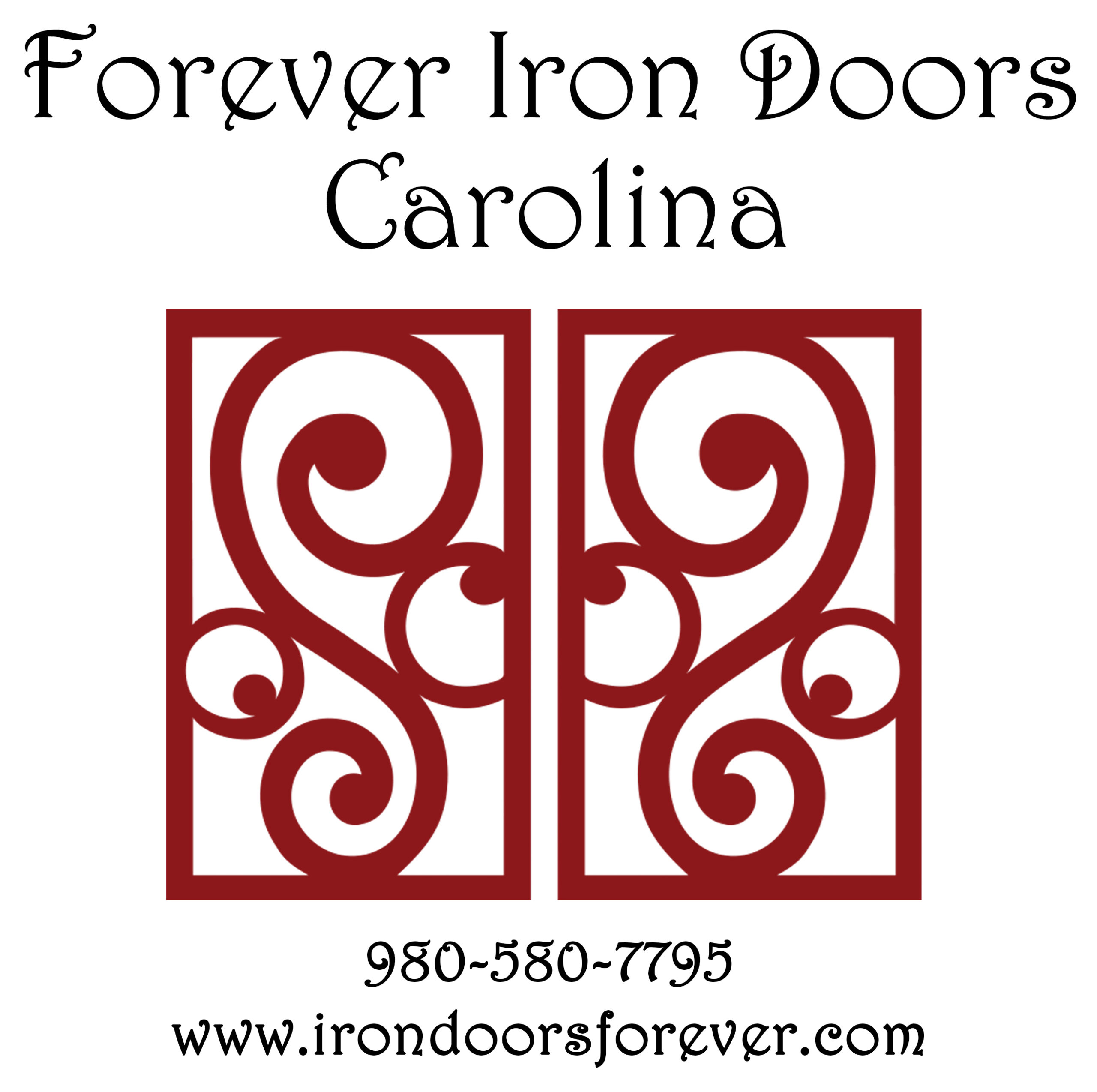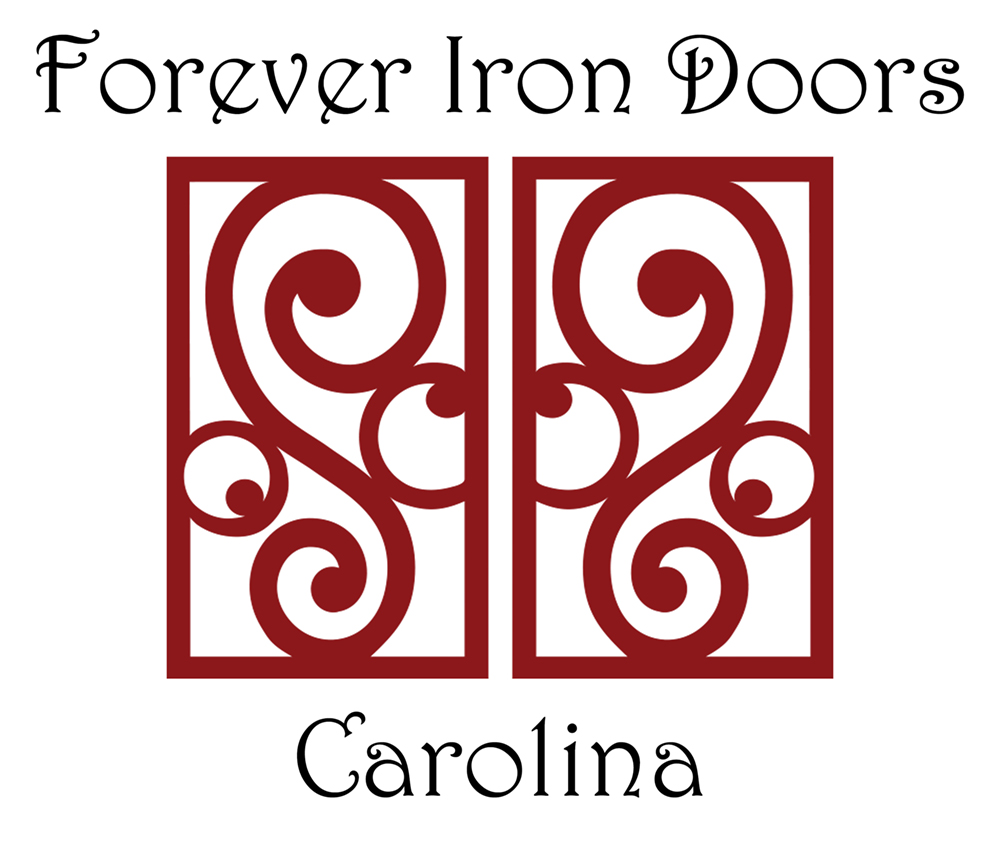Front door prices vary widely depending on the material, size, design, and additional features. Here’s a quick breakdown:
- Steel doors: $150–$800 (single) or $300–$1,600 (double). Affordable and strong but limited in customization.
- Fiberglass doors: $200–$1,500 (single) or $400–$3,000 (double). Low maintenance and energy-efficient.
- Wood doors: $300–$2,500 (single) or $600–$5,000 (double). Warm aesthetic but requires upkeep.
- Wrought iron doors: $1,500–$8,000+ (single) or $3,000–$15,000+ (double). Durable, elegant, and secure.
Factors influencing cost include material choice, customizations like glass or hardware, and installation complexity. While steel and fiberglass are budget-friendly, wrought iron offers unmatched durability and security but comes at a premium. Choose based on your home’s style, budget, and priorities.
Average Front Door Prices by Type
Front door prices can vary widely based on the material, with each option offering its own set of advantages and price ranges. Here’s a closer look at what you can expect to pay for different types of front doors in the United States.
Price Breakdown by Material
The material you choose plays a big role in determining the cost of your front door. Here’s a breakdown of estimated price ranges for various materials:
| Material | Single Door Price Range | Double Door Price Range | Key Benefits |
|---|---|---|---|
| Steel | $150 – $800 | $300 – $1,600 | Affordable, strong security |
| Fiberglass | $200 – $1,500 | $400 – $3,000 | Low upkeep, energy-efficient |
| Wood | $300 – $2,500 | $600 – $5,000 | Timeless look, customizable |
| Wrought Iron | $1,500 – $8,000+ | $3,000 – $15,000+ | Durable, elegant custom designs |
- Steel doors are often the most cost-effective and work well for budget-conscious homeowners. However, they can dent over time and offer limited customization options.
- Fiberglass doors strike a great balance between energy efficiency and low maintenance. They often mimic the look of wood but without the upkeep concerns.
- Wood doors are a classic choice, offering a warm, traditional aesthetic. They can be painted or stained to fit your home’s style but need regular maintenance to prevent damage from weather or warping.
- Wrought iron doors stand out for their durability and intricate designs, though they come with a much higher price tag.
Why Wrought Iron Costs More
Wrought iron doors sit at the higher end of the price spectrum, and here’s why:
- Handcrafted Quality: Each door is meticulously hand-forged by skilled artisans, resulting in one-of-a-kind designs.
- Durability: Made from high-grade iron treated to resist rust, these doors are built to last and maintain their structural integrity over time.
- Custom Features: Their design flexibility allows for intricate, personalized details that require expert craftsmanship.
- Enhanced Security: The solid construction and weight of wrought iron doors provide an added layer of security for your home.
- Specialized Installation: Due to their substantial weight, these doors require reinforced framing and heavy-duty hardware, which adds to the overall cost.
While the upfront investment is higher, wrought iron doors offer long-term value with their unmatched durability, unique appearance, and superior security.
What Determines Front Door Costs
Knowing what influences front door pricing can help you make smarter decisions about your investment. Factors like material, design complexity, and installation needs play a big role in shaping the final cost.
Material Choice and Durability
The material you pick affects not only the upfront price but also long-term costs like maintenance and replacement. Wrought iron doors, for example, are often more expensive due to their outstanding durability. While other materials may need replacing sooner, a well-cared-for wrought iron door can last for decades without significant structural issues.
Heavier gauge iron adds to the cost but offers better security and weather resistance compared to lighter options. Additionally, rust-prevention coatings can increase the price but ensure the door stays strong and visually appealing over time.
Custom Design and Features
The complexity of the design also has a big impact on cost. A simple wrought iron door with minimal detailing is generally more affordable, while a custom design with intricate metalwork, multiple glass panels, or artistic elements will cost significantly more.
Hand-forged details, crafted by skilled artisans, require more time and expertise, which raises production costs. Similarly, premium hardware and specialized finishes, like powder coating or faux painting, come with a higher price tag but can elevate the door’s appearance and complement your home’s style.
Glass customization is another factor. Standard clear tempered glass is usually the least expensive option, but decorative choices like frosted, textured, or colored glass add to the cost. Features like beveled panels or custom stained glass designs can further increase the investment, depending on the level of detail and scale.
Door Size and Installation Costs
The size of the door and the complexity of its installation also affect pricing. Standard single doors are typically less expensive than oversized or double doors, which require more materials, additional structural support, and specialized hardware. Custom sizes, taller doors, or unique shapes often involve extra fabrication and labor, driving up costs.
Installing a wrought iron door can be more complex than installing a wood or fiberglass door, particularly because of the weight. For instance, a standard wood frame may need structural reinforcement to handle a heavier wrought iron door. This might involve strengthening the door jamb, adding heavy-duty hinges, and ensuring proper weatherproofing – all of which add to the expense.
Geographic factors can also play a role. Labor rates and permit fees are often higher in urban areas compared to rural locations. Additionally, obtaining building permits – especially if structural changes are required – can increase the overall cost of the project.
Custom Wrought Iron Door Costs
Custom wrought iron doors are a blend of artistry and durability, offering an elegant and secure entryway that stands the test of time. Let’s break down the pricing and the factors that influence the cost of these doors.
Price Ranges for Custom Iron Doors
The cost of custom wrought iron doors depends on the complexity of the design, the materials used, and the chosen finish. Simple designs with basic geometric patterns and standard glass are typically the most affordable. Mid-range options – featuring more intricate metalwork, decorative glass, and upgraded hardware – fall into a higher price bracket. At the top end of the spectrum are luxury designs, which include hand-forged artistic details, specialty glass panels, and premium finishes. If you’re considering a double-door configuration, keep in mind that the additional materials, hardware, and installation requirements will further increase the price.
Our custom design services allow you to personalize every detail, from the glass and finish to the hardware and decorative elements, ensuring your door is a perfect match for your home.
How Customization Affects Price
Each customization choice directly impacts the final cost, but it also enhances the door’s appearance and functionality. For instance, glass options range from standard clear glass to more elaborate decorative styles, each with its own price point. Finishes can also vary widely, from standard powder-coated colors to specialty decorative effects requiring extra labor and materials. Other customizations, such as unique hardware or non-standard sizes, often involve additional fabrication and materials, which can significantly affect the overall cost.
Long-term Value of Wrought Iron Doors
Although custom wrought iron doors require a higher upfront investment, their long-term benefits are undeniable. These doors are built to last, often outliving traditional wood doors, and they provide superior protection against forced entry. When paired with quality weatherstripping and insulated glass, they can also improve energy efficiency, potentially lowering your utility bills over time.
Beyond practicality, these doors add undeniable curb appeal, enhancing your home’s overall value. They require minimal maintenance – usually just occasional cleaning and touch-ups – and retain their structural integrity and visual charm for decades. With their durability, security features, energy efficiency, and timeless aesthetic, custom wrought iron doors are a smart, long-term investment for homeowners looking to combine style with functionality.
sbb-itb-cd90297
Door Upgrades and Add-On Features
Upgrading your front door can turn it into more than just an entryway – it can become a feature that adds comfort, security, and value to your home. The right enhancements not only improve functionality but also extend the door’s lifespan.
Energy-Saving Glass Options
The type of glass in your front door plays a big role in your home’s energy efficiency. One popular option is Low-E (low-emissivity) glass, which has a metallic coating designed to reflect heat. This helps keep your home cooler during summer and warmer during winter by reducing heat transfer.
Another option is double-pane insulated glass, which includes an air gap between two glass panes to provide better thermal performance. Some models even use insulating gas within the gap for added efficiency. For wrought iron doors, quality glass is especially important to offset the natural heat conductivity of metal.
If you live in a region with extreme temperatures, triple-pane glass offers even better insulation. While it’s heavier and more expensive, it’s worth considering for improved energy savings.
For those who want privacy without sacrificing natural light, decorative glass options like textured or frosted glass are available. Many of these designs also include energy-efficient coatings, so you don’t have to choose between style and performance.
Security Upgrades
Security upgrades can make your door more resistant to break-ins while complementing energy-efficient features. One popular choice is a multi-point locking system, which secures the door at multiple points along the frame. This distributes force evenly, making it much harder to force the door open.
Reinforced door frames and security strike plates are also key components. Heavy-duty strike plates provide extra strength, helping to resist forced entry attempts.
For modern convenience, consider smart lock integration, which allows you to control and monitor access remotely. Many smart locks include features like temporary access codes and real-time notifications whenever the door is used, blending cutting-edge technology with the classic look of wrought iron doors.
To further enhance security, security hinges with non-removable pins prevent intruders from lifting the door off its hinges. Some models even include ball-bearing construction for smoother operation and increased durability, especially under heavy use.
Custom Finishes and Paint Effects
The finish on a wrought iron door impacts both its look and its durability. Powder coating is a popular choice for its ability to create a tough, chip-resistant surface that can endure years of weather exposure.
For a more classic look, antique bronze finishes add character with subtle color variations that highlight the craftsmanship of the metalwork. This style pairs beautifully with traditional or Mediterranean-style homes.
If you want the appearance of naturally aged metal without compromising the door’s structure, faux rust patina effects are a great option. These finishes use layered paint and glazing techniques to mimic the look of weathered metal.
For a personalized touch, custom color matching allows your door to blend seamlessly with your home’s existing color palette. This service involves creating a custom paint formula based on your provided samples.
Lastly, distressed and aged finishes can give a new door the charm of an antique. These finishes replicate the wear and tear of age with minimal impact on the door’s structure, requiring skilled craftsmanship to achieve the desired effect.
Choosing the Right Front Door Investment
When it comes to selecting a front door, it’s not just about the upfront cost – it’s about finding the perfect balance between durability, energy efficiency, and curb appeal. A premium wrought iron door might initially cost more than wood or fiberglass options, but the long-term benefits make it a standout choice for your home.
Let’s start with durability. Wrought iron doors are built to last, requiring minimal maintenance over the years. Unlike wood, which can warp or rot, or fiberglass, which might not hold up as well to wear and tear, wrought iron offers exceptional strength and resilience. This durability translates into better value over time.
Security is another major advantage. Thanks to their sturdy construction and built-in multi-point locking systems, wrought iron doors provide an added layer of protection, making them a strong deterrent against break-ins.
Energy efficiency is also a key factor. Features like Low-E glass and high-quality weatherstripping help regulate indoor temperatures by minimizing heat transfer. This can lead to noticeable savings on your energy bills, especially in areas with extreme weather conditions.
Aesthetics shouldn’t be overlooked, either. Custom wrought iron doors allow you to design every detail to suit your style, from intricate scrollwork to exact dimensions. The result? A stunning entryway that enhances your home’s overall appearance and serves as a true centerpiece.
For homeowners in North and South Carolina, the weather plays a big role in choosing the right material. With the region’s high humidity and coastal conditions, wrought iron proves to be a smart choice. It resists warping, rotting, and pest damage, especially when paired with proper powder coating and quality finishes, making it ideal for the local climate.
If you’re planning to stay in your home for years to come, investing in a premium door is a decision that pays off. The unmatched combination of durability, security, and visual appeal ensures that a wrought iron door is more than just an entryway – it’s a long-term upgrade that adds both value and character to your home.
FAQs
What are the long-term advantages of choosing a wrought iron front door over other materials?
Choosing a wrought iron front door offers long-lasting advantages that make it a standout choice for homeowners. These doors are celebrated for their strength and durability, standing up to tough weather conditions while providing an extra layer of security. Thanks to their sturdy construction, wrought iron doors are tough to break through, giving you added peace of mind.
When properly maintained, these doors can last 30 years or more, making them a smart long-term investment. They require very little upkeep while maintaining their beauty and structural soundness. Plus, their timeless and elegant design enhances your home’s curb appeal, ensuring your entryway stays stylish and functional for many years.
How do features like glass types and finishes impact the cost and functionality of front doors?
The type of glass and finish you pick for your front door doesn’t just affect how it looks – it also influences its cost and practicality. Decorative glass options like stained, beveled, or frosted glass can elevate the door’s design but come with a price tag ranging from $1,500 to $5,000, depending on how intricate the design is. These styles not only boost curb appeal but also let in natural light while offering different levels of privacy.
If you’re looking to maintain privacy without sacrificing light, finishes like frosted or privacy glass are excellent choices. While these customizations may increase the overall cost, they allow you to tailor the door to your preferences. Choosing durable, high-quality materials and finishes ensures your front door remains both functional and stylish, creating an entryway that enhances your home’s overall aesthetic.
What should I consider when choosing the best front door material for my climate and security needs?
When picking a front door material, think about your local weather and how much security you need. If you live in a hot or humid area, fiberglass doors are a solid option. They hold up well against warping, rotting, and sun damage, all while giving you the look of wood. In colder or snowy regions, steel doors are a smart choice. They’re tough and secure, but make sure they’re properly insulated to help with energy efficiency.
When it comes to security, steel and fiberglass tend to be more resistant to forced entry than wood, which can be easier to damage. The key is finding a material that offers the right mix of weather resistance, energy savings, and security, so your front door not only lasts but also keeps your home safe.



